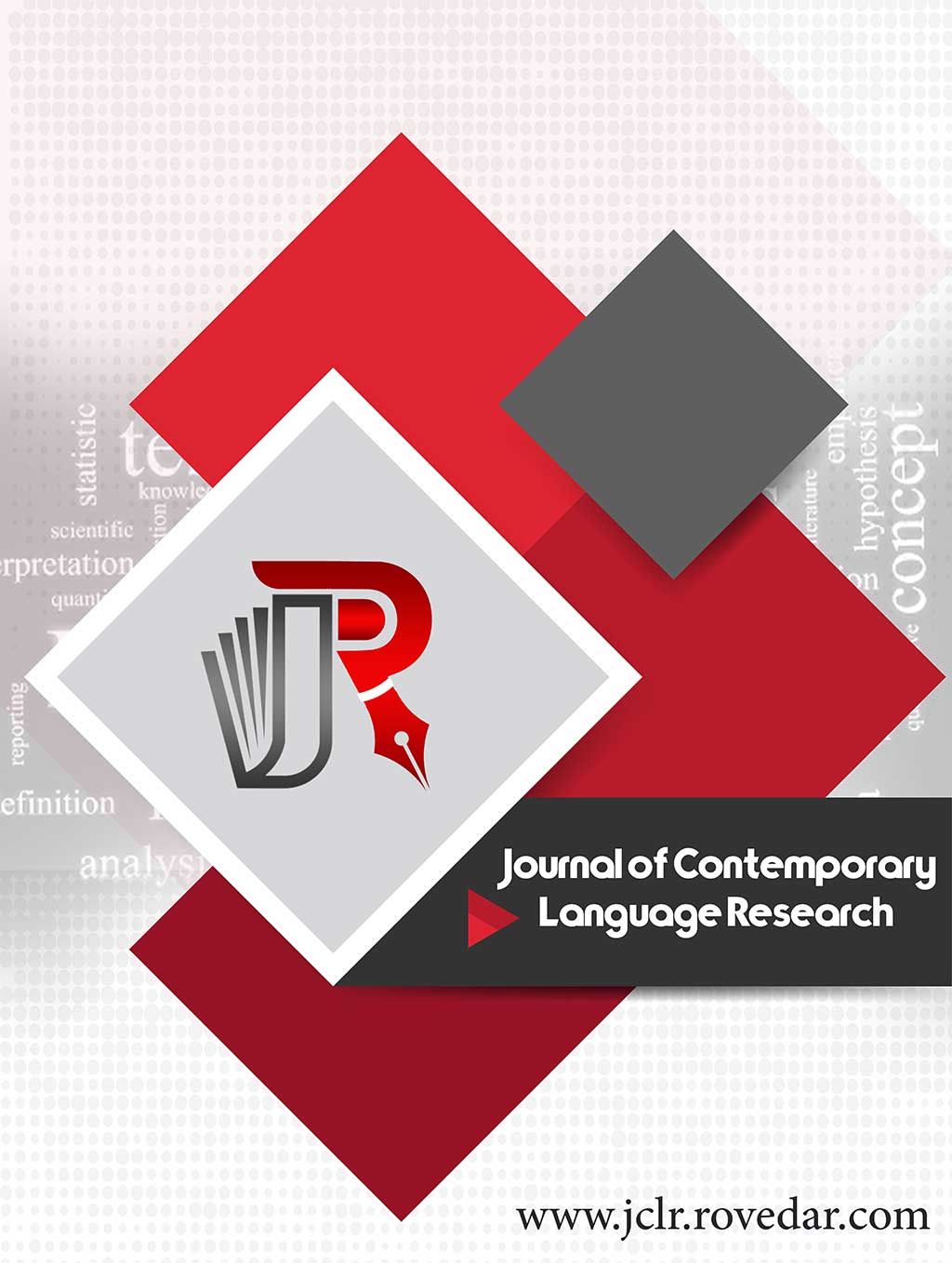Education and Grammaticality Judgments on Persian Principles and Parameters
Main Article Content
Abstract
Introduction: The innateness of language faculty and universal constraints, especially its independency from other mental disciplines, is a robust theory yet under investigation. This study is another contribution to making decisions on competence through performance.
Methodology: The project applied an expressive grammaticality judgment task on principles and parameters of the Persian language and tested 24 native speakers’ claims on the statements in question.
Results: The children judged sentence stimuli of two types (principles and parameters), each having two subcategories (Structure dependency and Projection principles, Head and Null-subjects (5-year-old) performance on principle- and parameter-judgments differed from their older counterparts (9-year-old), indicating the superior ability of the school-age group in distinguishing grammatically well-formed and ill-formed Persian principles and parameters.
Conclusion: Since the older group attended elementary level (third grade), the interpretation of such results may pertain to education
Article Details

This work is licensed under a Creative Commons Attribution 4.0 International License.
References
Brainerd. C. J. (1973). Judgments and explanations as criteria for the presence of cognitive structures. Psychological Bulletin, 79(3), 172-79. https://psycnet.apa.org/doi/10.1037/h0033876
Chomsky, N. (1976). Reflections on language. Temple Smith. https://philpapers.org/rec/CHOROL
Chomsky, N. (1988). Language and problems of knowledge: the Managua lectures. Cambridge University Press. https://b2n.ir/y59428
Chomsky, N., & Lasnik, H. (1993). Principles and parameters theory. In J. Jacobs, A. von Stechew, & T. Vennemann (eds), Syntax: An international handbook of contemporary research (pp. 506-569). Walter de Gruyter. https://doi.org/10.1515/9783110095869.1.9.506
Cook, V. J. (1985). Chomsky’s universal grammar and second language learning. Applied Linguistics, 6(1), 2-18. https://doi.org/10.1093/
Cook, V. J., & Newson, M. (1998). Chomsky’s universal grammar.
Blackwell Publishers. https://www.scribd.com/ document/527179585/Universal-Grammar-An-Introduction-3rd-Edition
Cook, V. (2008). Second language learning and teaching. Hodder Education.
Dodonov, Y. S., & Dodonova, Y. A. (2011). Basic processes of cognitive development: Missing component in Piaget’s theory. Procedia - Social and Behavioral Sciences 30, 1345-1349. https://doi.org/10.1016/
Eliot, A. J. (1981). Child language. Cambridge University Press.
Fletcher, P., & Garman, M. (1986). Language acquisition (2nd ed.). Cambridge University Press. https://doi.org/10.1017/
Hosseini, M.R., Niroomand, H.A., & Moghaddaszadeh, B. (2007). Basic statistics. Jian.
Ingram, J. C. L. (2007). Neurolinguistics: An introduction to spoken language processing and its disorders. Cambridge University Press. https://dl.uswr.ac.ir/bitstream/Hannan/140198/1/9780521791908.pdf
Kail. M., & Bassano, D. (1997). Verb agreement processing in French: A study of on-line grammaticality judgments. Language and Speech, 40(1), 25-46. https://doi.org/10.1177%2F002383099704000102
Mandell, P. B. (1999). On the reliability of grammaticality judgment tests in second language acquisition research. Second Language Research, 15(1), 73-99. https://doi.org/10.1191%2F026765899667538959
McDonald, J. L. (2000). Grammaticality judgments in a second language: Influences of age. Applied Linguistics, 21, 395-423. https://doi.org/10.1017/S0142716400003064
Richard, J. C., & Schmidt, R. (2002). Longman dictionary of language teaching and applied linguistics (4th ed.). Longman Group. http://www.saint-david.net/uploads/1/0/4/3/10434103/linguistic
_term_dictionary.pdf
Snow, C. E. (1972). Mothers’ speech to children learning. Child Development, 43(2), 549-565. https://doi.org/10.2307/1127555
Wells, G. (1974). Learning to code experience through language. Journal of Child Language, 1(2), 243-269. https://doi.org/10.1017/S0305000900000684
Winitz, H. (2011). Grammaticality judgment as a function of explicit and implicit instruction in Spain. The Modern Language Journal, 80(1), 32-46. https://doi.org/10.1111/j.1540-4781.1996.tb01135.x
Zyzik, E. C. (2008). Null objects in second language acquisition: Grammatical vs. performance models. Second Language Research, 24 (1), 65-110. https://doi.org/10.1177%2F0267658307082982

